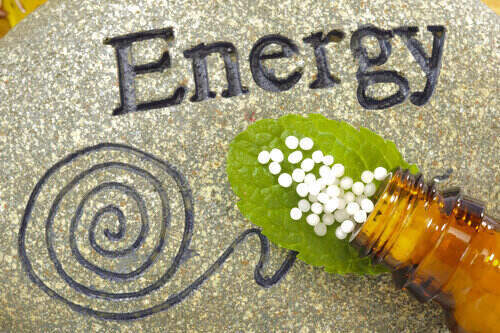
The Diagnosis of Energy Medicine in Traditional Systems Such as TCM and Ayurveda
Posted by Isabella Robles on 2023-03-02
Traditional Chinese medicine (TCM) and Ayurveda, for instance, have been around for a long time and have a deep history in the treatment of illness. Energy medicine, on the other hand, is a relatively new approach that's been growing in popularity. These two systems, which are based on a similar philosophy, are both considered alternative approaches to medicine.
Historical background
The historical background of energy medicine isn't all that different than that of other traditional medical systems. In many ways, it's a cousin of modern medicine. One can be forgiven for asking why there isn't more focus on this subject in modern medical research and practice. There are a few reasons. But, the most notable is a lack of funding and an industry that is still very young.
As a result, the field is more than a bit amorphous. This is not to say that all energy treatments are created equal. A good energy healer is capable of diagnosing and treating patients while also encouraging their positive behavior. While some energy therapies have been around for centuries, others are a recent innovation. Energy medicine is just one part of a holistic approach to health and wellness.
Pathogenesis
Ayurveda and TCM have a long history of complex medicine. These systems have been refined over the centuries, resulting in a number of medical innovations and a wealth of information. However, there has been a discrepancy between the earliest and newest sources.
For starters, there are not many texts that can be considered "canonical" in the sense of being the authoritative source of knowledge. However, there are a few notable exceptions. One such text is the Bhela-Samhita by Krishnamurthy. Another is the Astangahrdayasamhita by Vagbhata.
Other important texts are the Dhanvantariyanighantu by Susruta and the Bhavaprakasa of Bhavamisra. The best of these texts is the Astangahrdayasamhita, which provides the best synthesis of Indian medicine in all its myriad facets. This text is particularly notable as it is accompanied by a materia medica.
Diagnosis
The diagnosis of energy medicine in traditional systems such as TCM and Ayurveda can be defined as the process of establishing a precise diagnosis through a variety of methods, including body palpation, physical examination, interrogation, and body sounds. It includes the identification of the causes and sources of an organism's disbalance. This can also include environmental modifications if it is beneficial.
The diagnosis of energy medicine in Ayurveda is based on the idea that the human body is comprised of five elements - earth, water, fire, wind, and air. In Ayurveda, everything derives from these elements, and the relative proportions of them determine the characteristic nature of an individual or an animal. These elements are present in the food, the environment, and internal structures.
Treatments
Traditional Chinese Medicine (TCM) and Ayurveda are systems of medicine that have been used for centuries. Both systems seek to balance the body's natural forces and heal the root cause of a disease. The two approaches are based on the belief that Qi (pronounced "chee") is essential for a healthy, disease-free life.
Practitioners in both systems typically make a diagnosis based on a physical examination. Their recommendations may include acupuncture, herbal medicines, and dietary changes. In addition to the body, TCM and Ayurveda emphasize the mind and spirit.
Several studies have shown that a holistic approach to healing can improve the patient's quality of life. But more scientific evidence is needed to validate this type of therapy.
Despite these encouraging results, many physicians are skeptical about the effectiveness of TCM. However, the use of complementary and alternative therapies is increasing worldwide.
Integrating them into medicine
Integrating energy medicine into traditional systems such as TCM and Ayurveda can provide a holistic approach to treating people and reduce health care costs. It also emphasizes the role of mind-body disciplines to promote wellness and alleviate suffering.
In a recent article in The Journal of Medicine and Philosophy, authors from different fields explored the relationship between traditional Chinese medicine and Ayurveda. These authors described how the two systems are not identical and the benefits of adopting a systemic perspective in contemporary medicine.
While both systems rely on ancient classical texts, their methodologies differ. Ayurveda focuses on the relationship between internal and external environments.
Traditional Chinese medicine (TCM) is based on a body of knowledge developed over several centuries. Several texts, such as Huangdi Neijing, depict the philosophy of TCM.